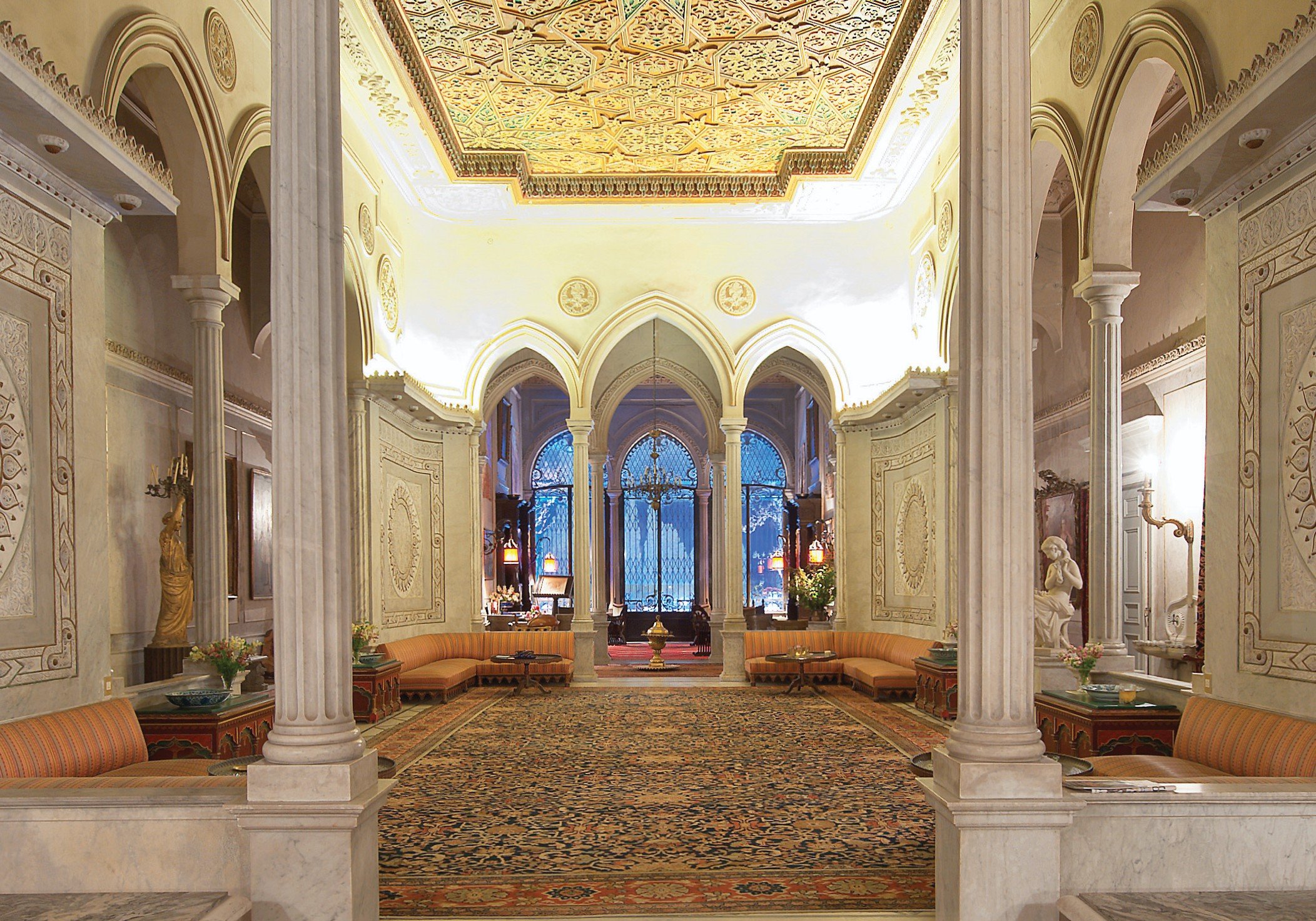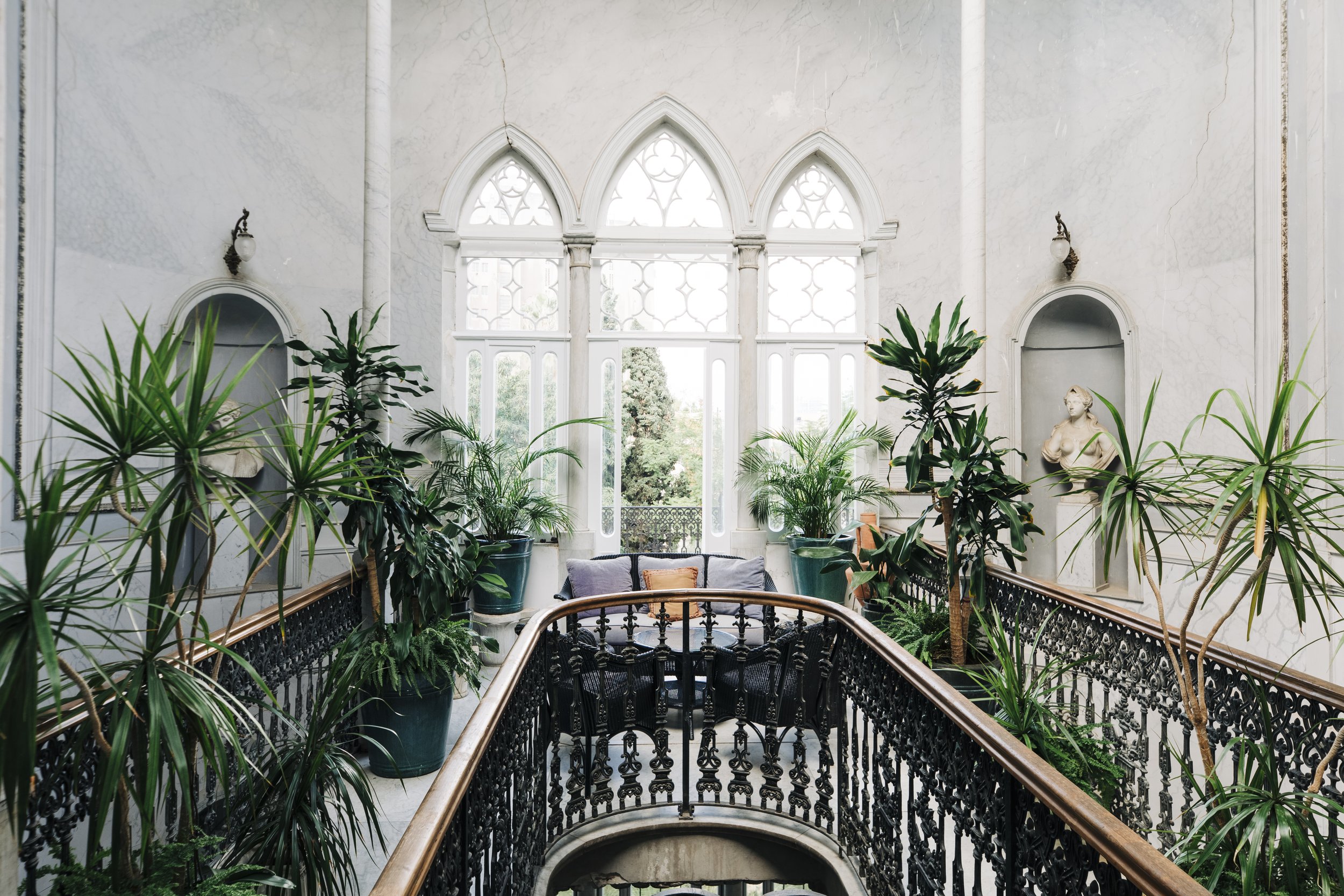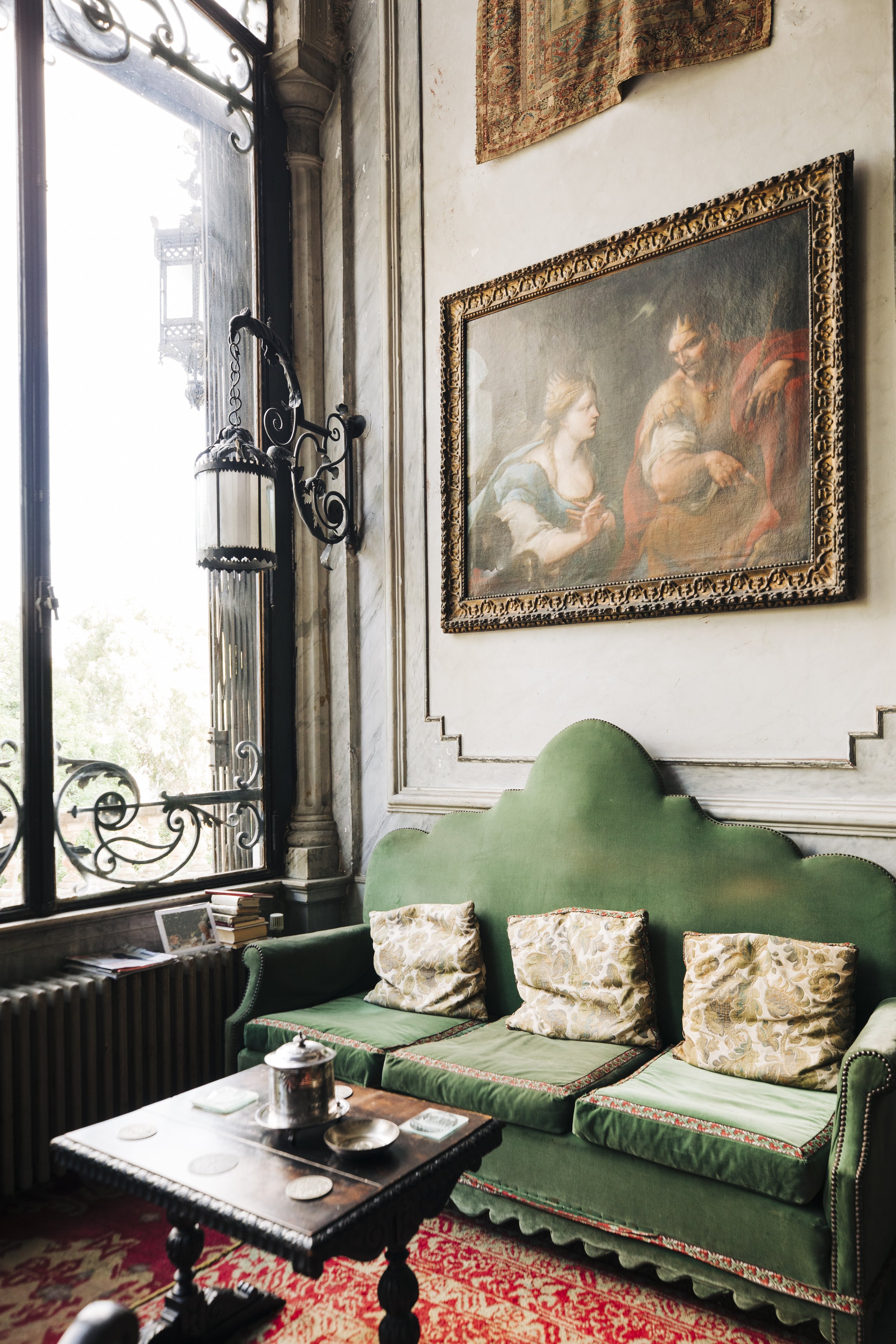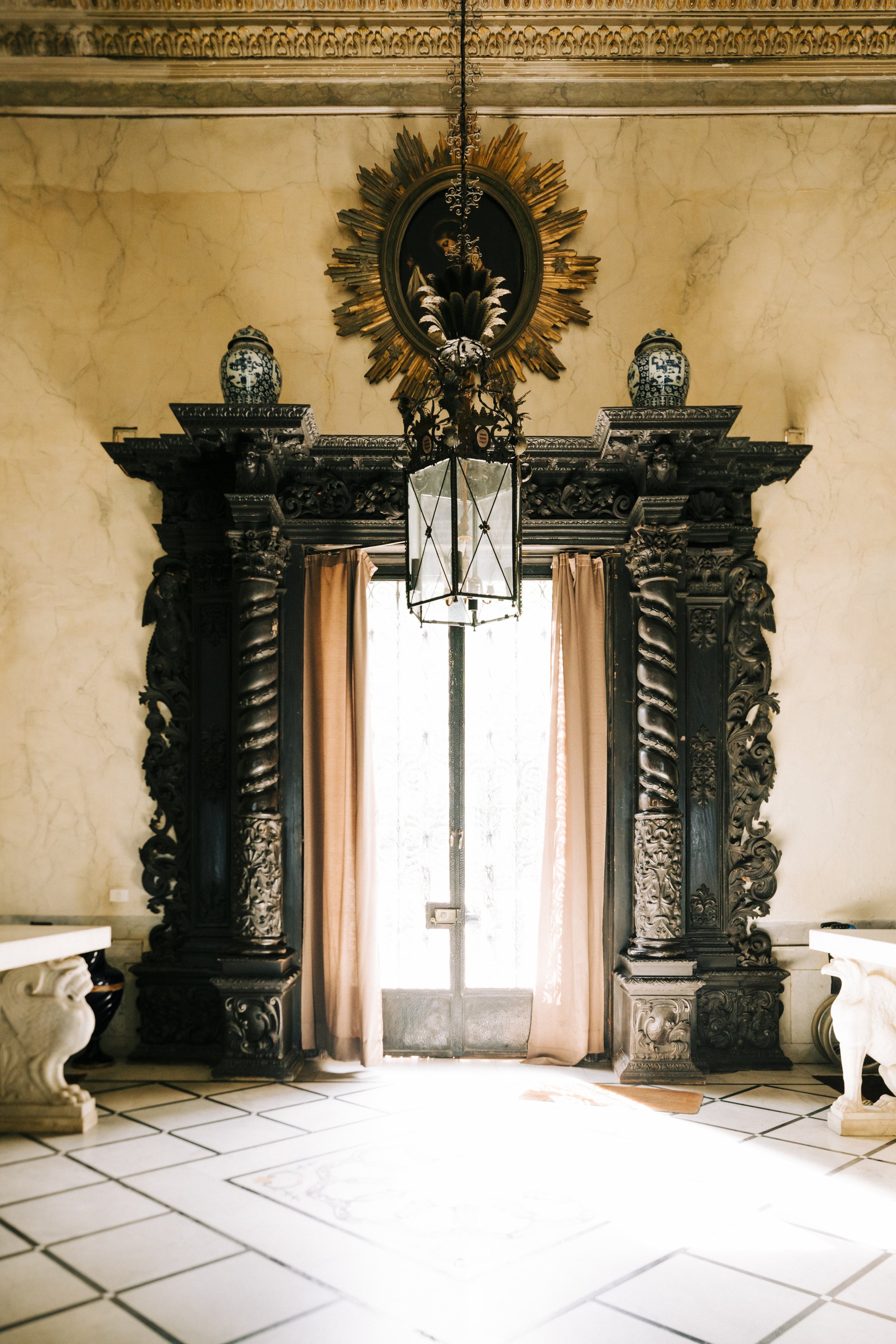
HiStory
since 1860
Sursock Palace was built by Moussa Sursock in 1860 and has since remained a family home for five generations. It is recognized as one of Beirut’s grandest town house and up to the catastrophic port explosion in August 2020, it was certainly the largest private palace to survive intact with its surrounding lush gardens. It is considered a national treasure and was listed as a historical building by the Ministry of Culture in 1966 and a prime example of a mid-19th Century building of architectural and decorative refinement of which very few remain.
The Sursock's origin goes back to Constantinople and they have been recorded as living in Beirut since 1714. Their great wealth was made in the early 19th century primarily in agriculture (wheat and cotton) and later on in manufacturing (cotton mills). At its Hight, the Sursock Empire extended from Mersin, Turkey to Alexandria, Egypt passing by Lebanon, Cyprus and Palestine. Also they were actively trading with all the major European capitals including Russia and Turkey. With the advent of nationalist regimes in Turkey and Egypt and with the creation of the state of Israel, the Sursock family lost both their lands and manufacturing facilities but the Palace in Beirut is one of the few remaining symbols of their former historical glory.







